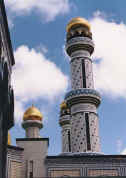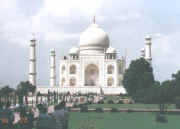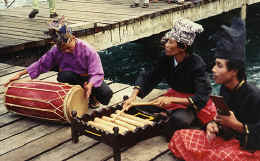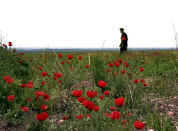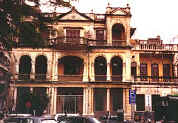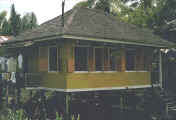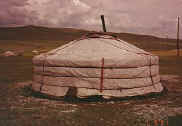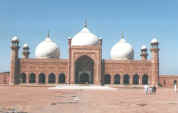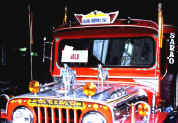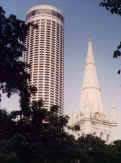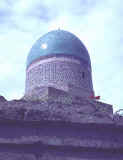

Philippines

Photos from 1979

Manila Hotel
The Manila Hotel is a 570-room, five star hotel in Manila, Philippines, located in the heart of the Manila Bay area. The Manila Hotel is the oldest premiere hotel in the Philippines, built in 1909 to rival Malacañang Palace, where the Philippine president now lives, and opened in 1912. It was built on 3.5 hectares (376,736.9 sq ft) of land along Roxas Boulevard. It was the residence of General Douglas MacArthur from 1935 to 1941.
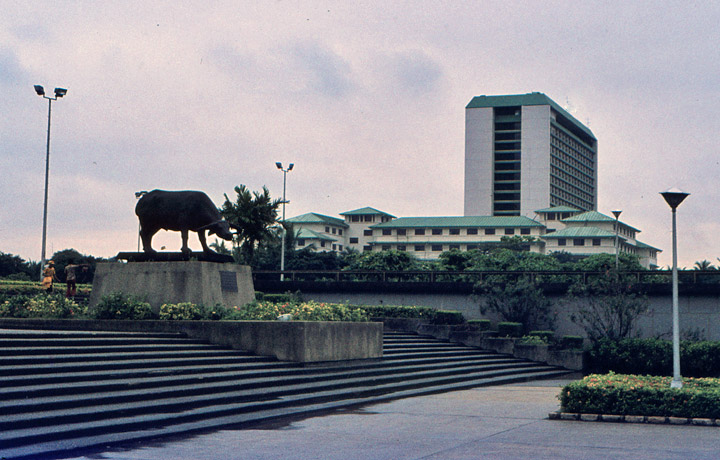
The hotel contains the offices of several foreign news organizations, including
The New York Times. It has hosted numerous historical persons and celebrities,
including authors Ernest Hemingway and James A. Michener, U.S. President John F.
Kennedy, The Beatles, actors Michael Jackson, Douglas Fairbanks, Jr., and John
Wayne, publisher Henry Luce, entertainer Sammy Davis, Jr., Prime Minister Sir
Anthony Eden, and many various world leaders.
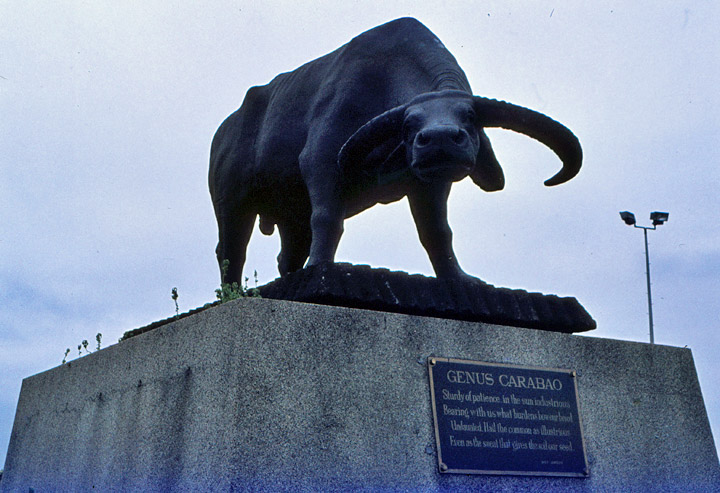
monument to the Water Buffalo
The carabao (Filipino: kalabaw; Malay: kerbau) or Bubalus bubalis carabanesis is a domesticated subspecies of the water buffalo (Bubalus bubalis) found in the Philippines. Carabaos are highly associated with farmers, being the farm animal of choice for pulling the plow and the cart used to haul farm produce to the market.

The Rizal Monument at Rizal Park.
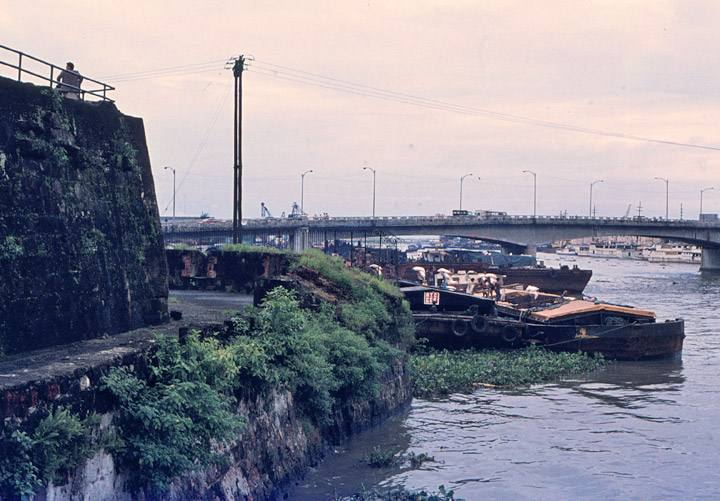
Well into the 13th century, Manila consisted of a fortified settlement and trading quarter at the bay of the Pasig River, on top of previous older towns. The official name of the city under its Malay aristocracy was Seludong/Selurung, which was the same name given for the general region of southwestern Luzon at that time, suggesting that it was the capital of this territory. However, the city became well-known by the local name given to the city by its Tagalog inhabitants: Maynilad. The name is from the phrase may nilad, Tagalog for "there is nilad," in reference to the flowering mangrove plant that grew on the marshy shores of the bay, used to produce soap for regional trade. It is from the name Maynilad that the city of Manila derives its modern name.
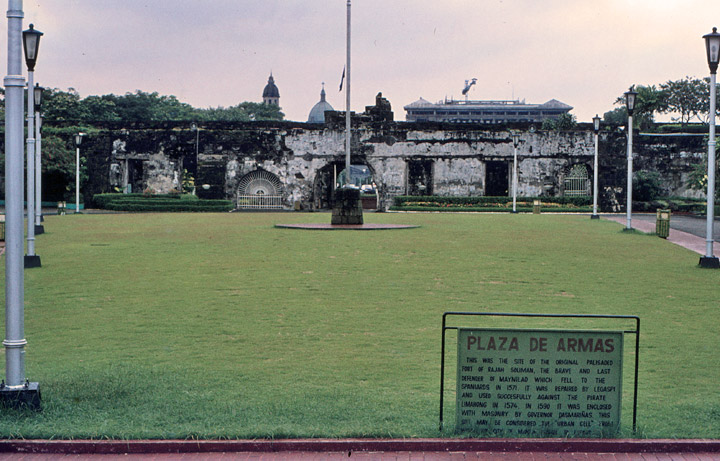
in the fort
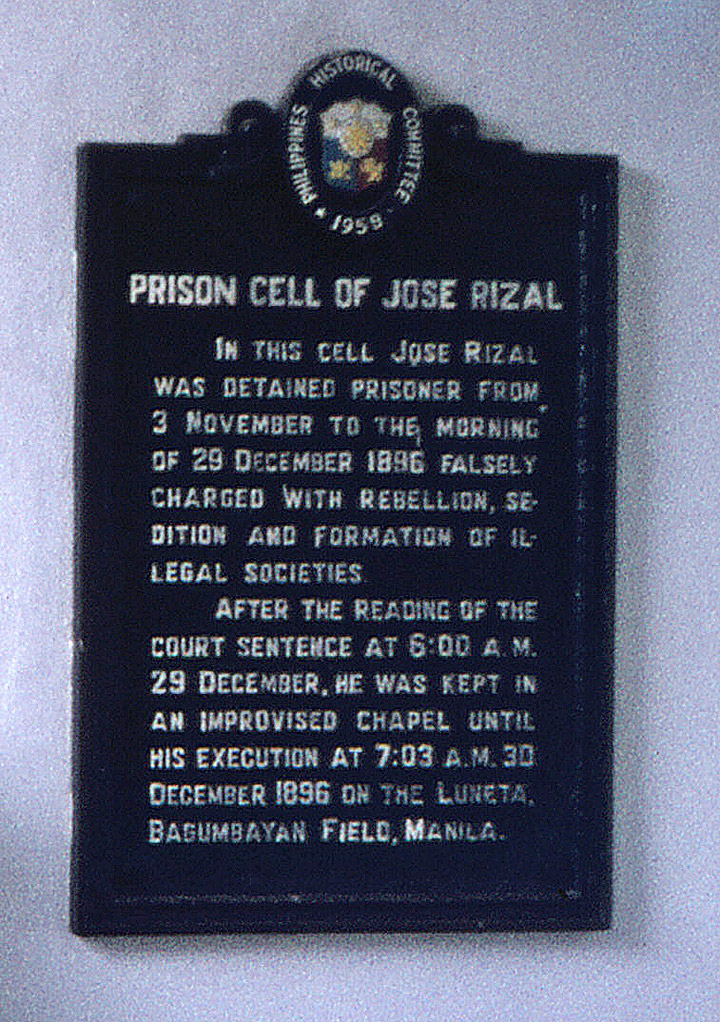
Jose Rizal (full name: José Protacio Mercado Rizal Alonso y Realonda) (June 19, 1861 – December 30, 1896) was a Filipino polymath, nationalist and the most prominent advocate for reforms in the Philippines during the Spanish colonial era. He is considered a national hero and the anniversary of Rizal's death is commemorated as a Philippine holiday called Rizal Day. Rizal's 1896 military trial and execution made him a martyr of the Philippine Revolution.

guide shows visitors the Dungeons

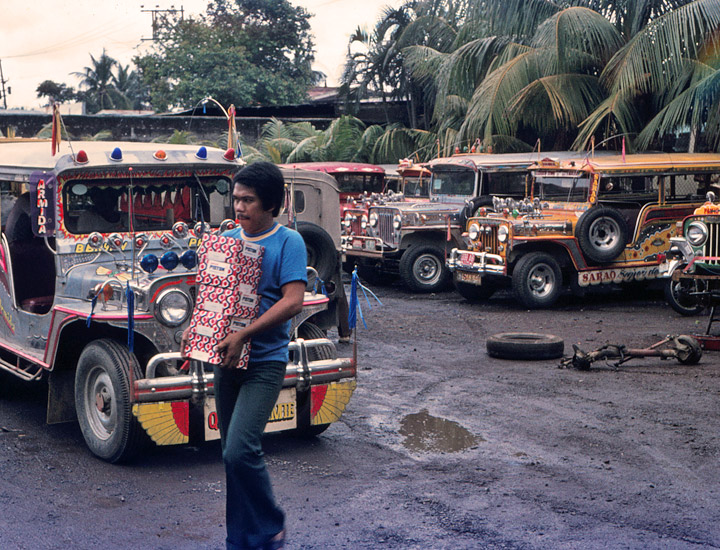
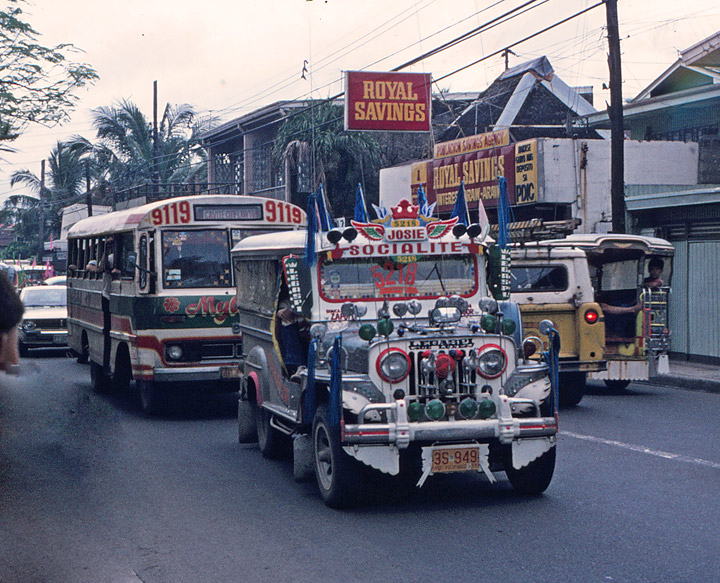
jeep style buses
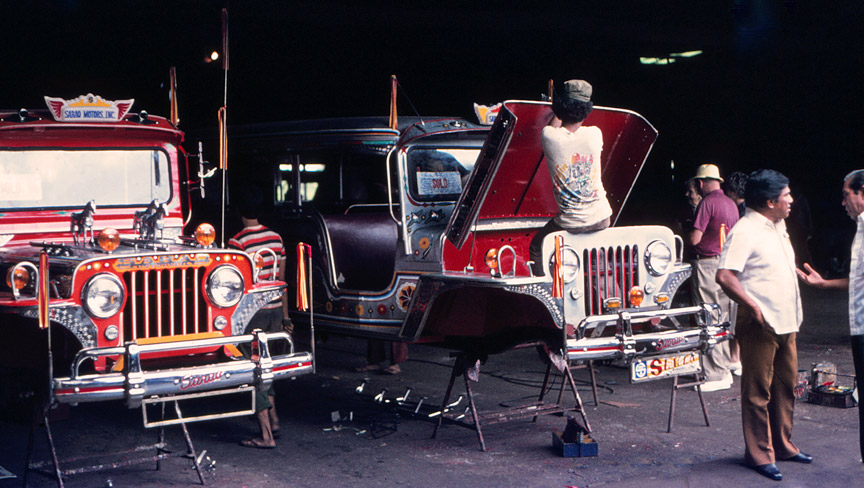
which are hand fabricated in many local shops
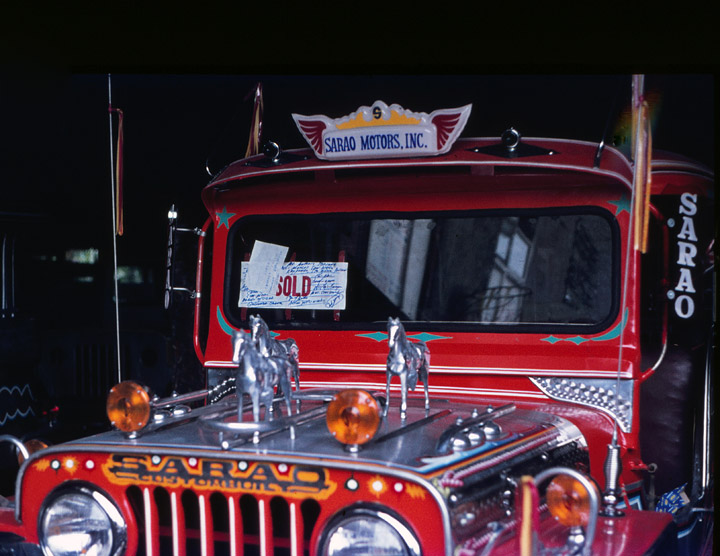
a newer created Jeep which has been sold
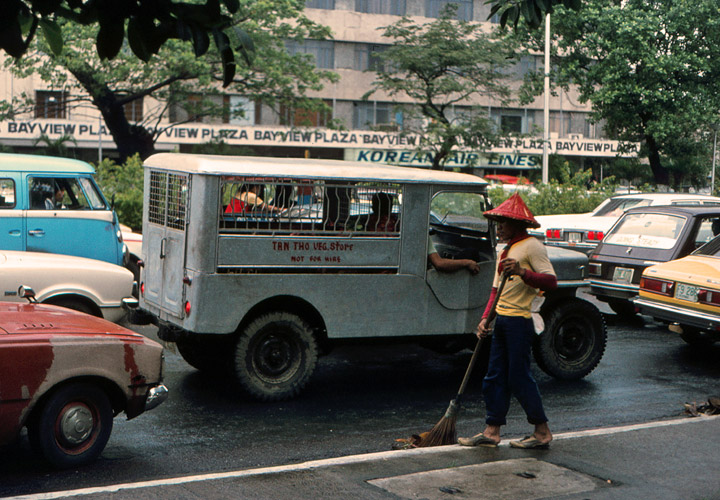
street sweeper

temporary bridge in the middle of the city
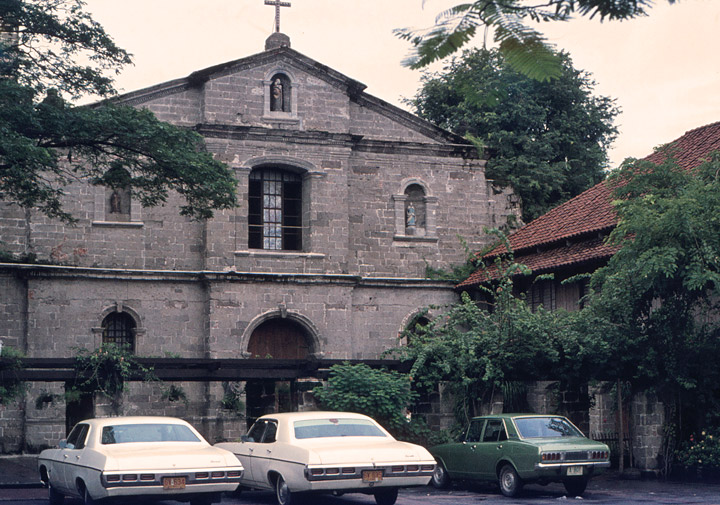
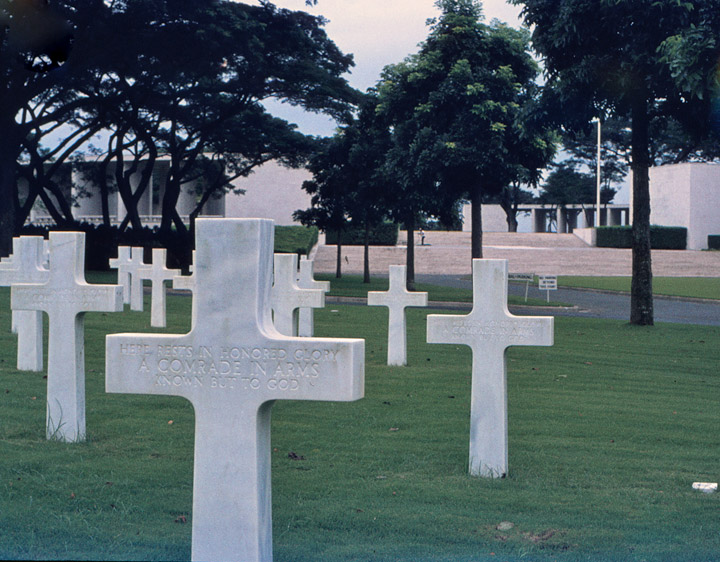
American military cemetery
U.S. Troops invaded Manila in
1898 and waged war with the Spaniards and Filipinos in the Spanish-American War
and the Philippine-American War. Following the defeat of Spain, U.S. forces took
control of the city and the islands in one of the most brutal and forgotten
chapters of Philippine American history.
The American Navy, under Admiral George Dewey, defeated the Spanish squadron in
the Battle of Manila Bay on May 1st, 1898. Admiral Dewey testified that after
the battle the Spanish Governor wished to surrender to the Americans rather than
the Filipinos, whom he feared.
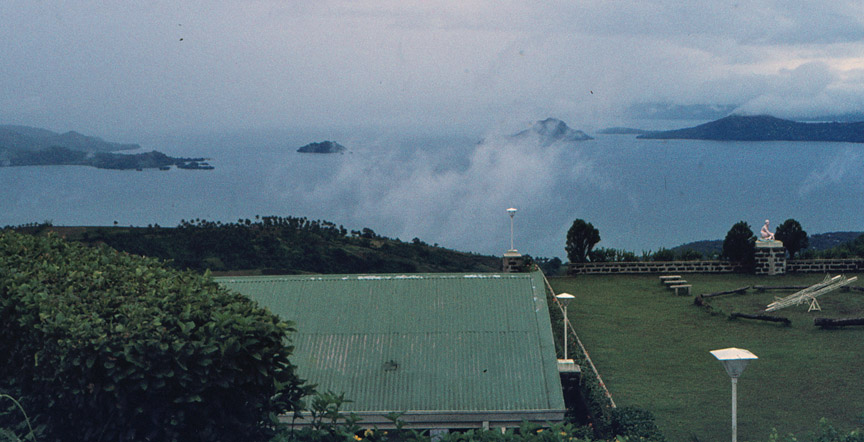
looking into the Bay toward Corregidor
The Battle for Corregidor was the culmination of the Japanese campaign for the conquest of the Philippines. The fall of Bataan in April 9, 1942, ended all organized opposition by the U.S. Army Forces – Far East (USAFFE) to the invading Japanese forces on Luzon in the northern Philippines. The island bastion of Corregidor, with its network of tunnels and formidable array of defensive armament, along with the fortifications across the entrance to Manila Bay, was the remaining obstacle to the 14th Japanese Imperial Army of Lieutenant General Masaharu Homma. The Japanese had to take Corregidor; as long as the island remained in American hands, they would be denied the use of the Manila Bay, the finest natural harbor in the Orient.
Text from Wikipedia

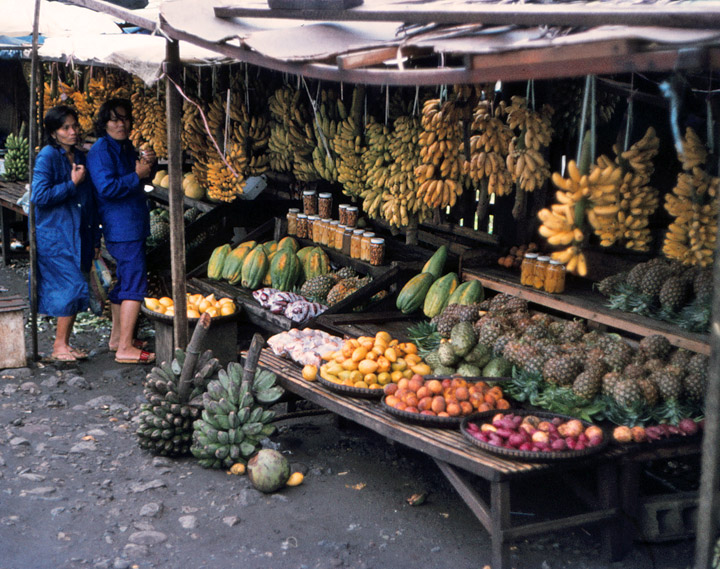
fruit market
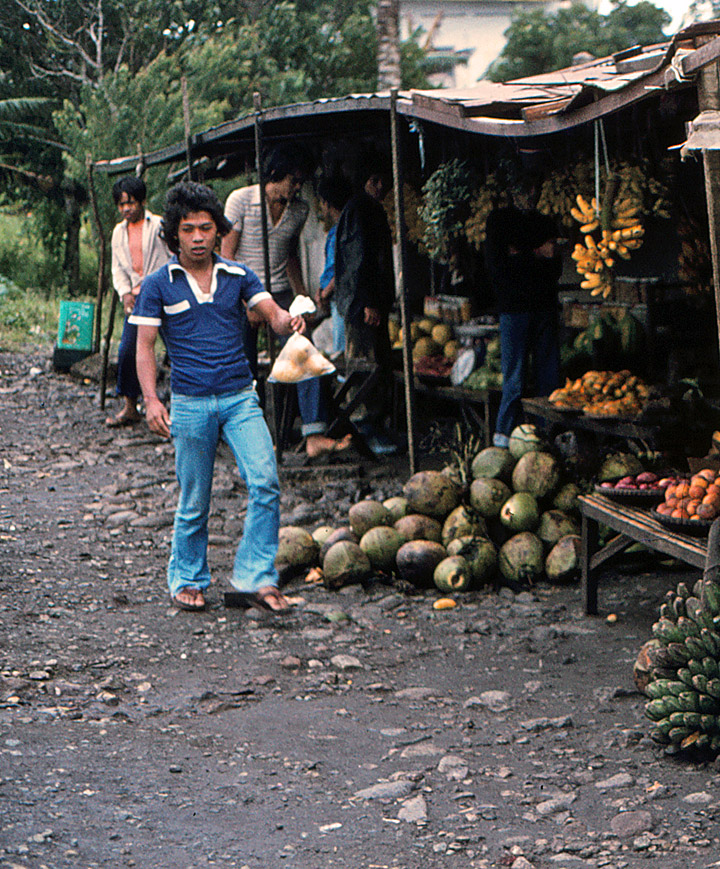
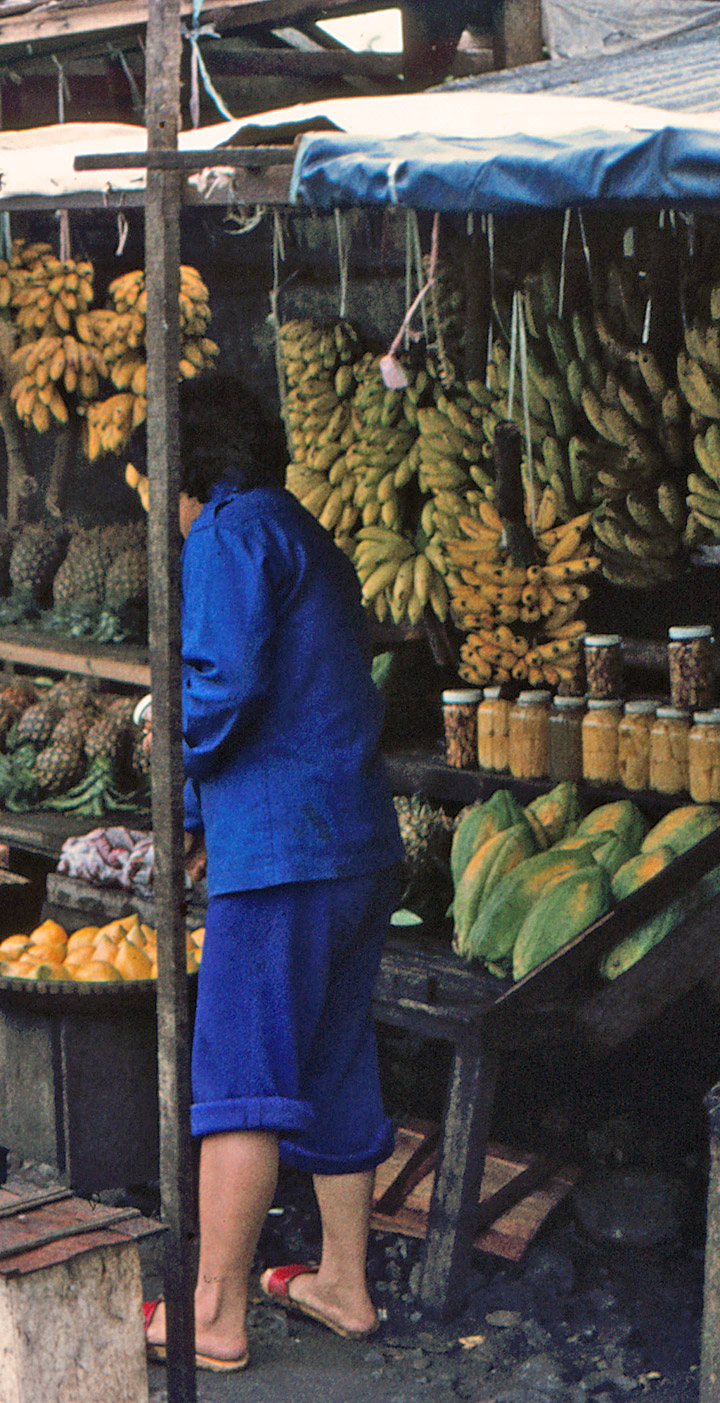
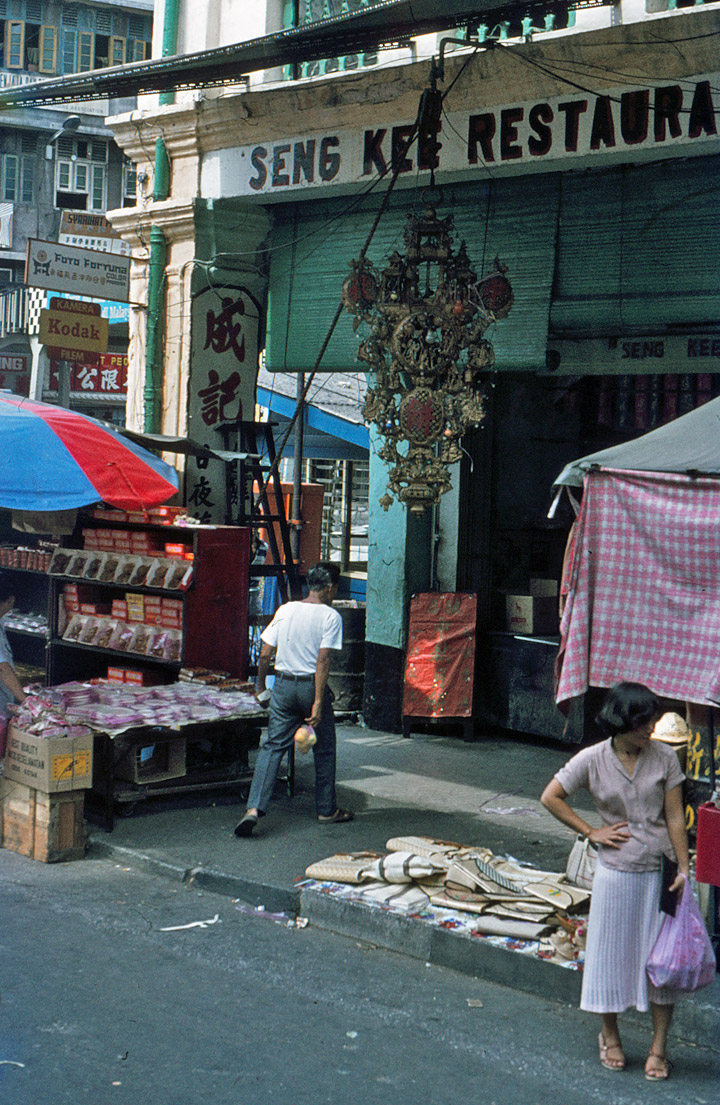
Native Textile weaving
![]()
![]()
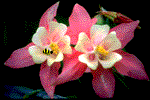
Asia
The continent of Asia extends from the Middle East to the Pacific ocean. It has many exotic peoples and cultures, and is a delight to the adventurous traveler. Click on these countries to see some of the photos I have taken over the last 25 years.

